Research Says There Are 5 Distinct Cat Personality Types
Through a combination of nature and nurture, our furry friends have unique personalities just like us.
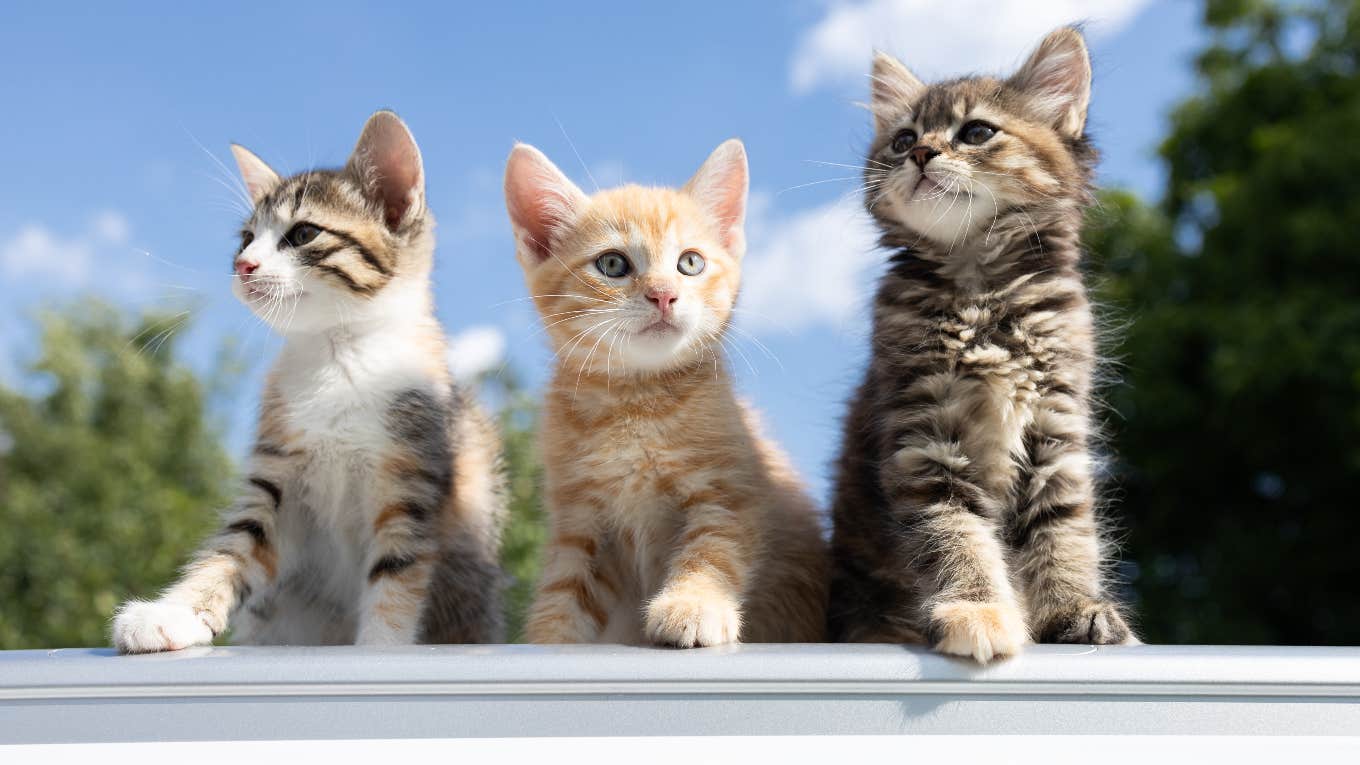 Anna Pasichnyk | Shutterstock
Anna Pasichnyk | Shutterstock If you've ever owned or cared for cats, you know that they tend to have their unique way of doing things and their individual temperaments. Some cats are attached to your hip while others don't seem to care whether you live or die so long as you get that food bowl filled at EXACTLY the same time every day. Some are afraid of their own shadows, while others boldly spend their days punching the dog square in the face. It takes all kinds, as the saying goes!
This is because cats are genetically predisposed toward a certain personality, just like we humans are. Especially important is the Oxytocin Receptor Gene, which governs how both cats and dogs attach to humans. These genetic factors combine with environment and socialization to determine how cats interact with humans and other animals.
Here are the five cat personality types:
1. The human cat
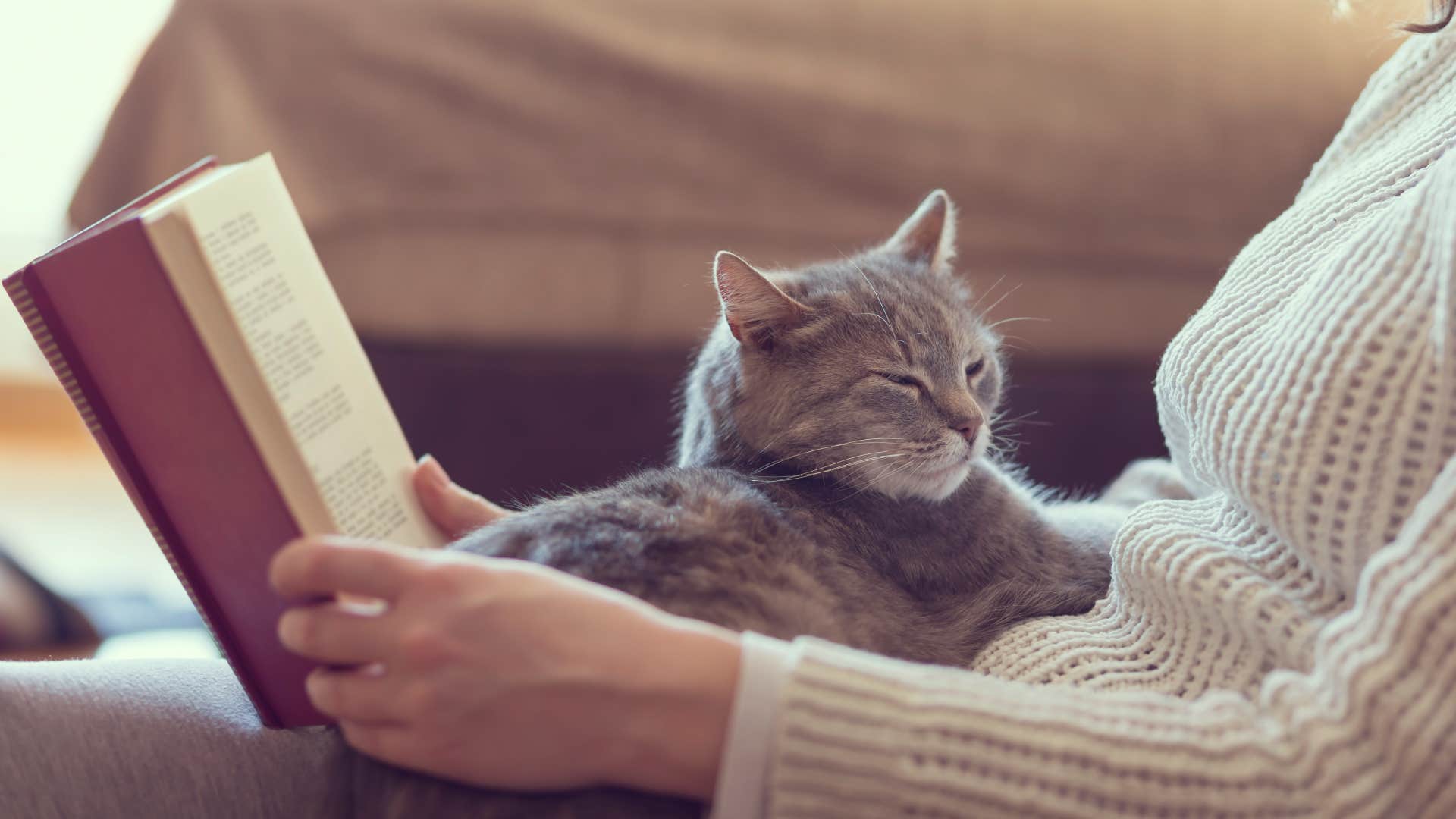 Impact Photography | Shutterstock
Impact Photography | Shutterstock
If you've got a cat who wants nothing more than to lay cozily in your lap, or all over your keyboard while you're working, or on your head while you're asleep (you get the picture), you probably have a "human" cat.
These cats tend to be friendly, warm, and actively seek out human interaction, and in fact, tend to become anxious if they don't get enough affection. These are also the avid "biscuit makers" of the cat world — the ones who love to show affection by kneading their human.
2. The inquisitive cat
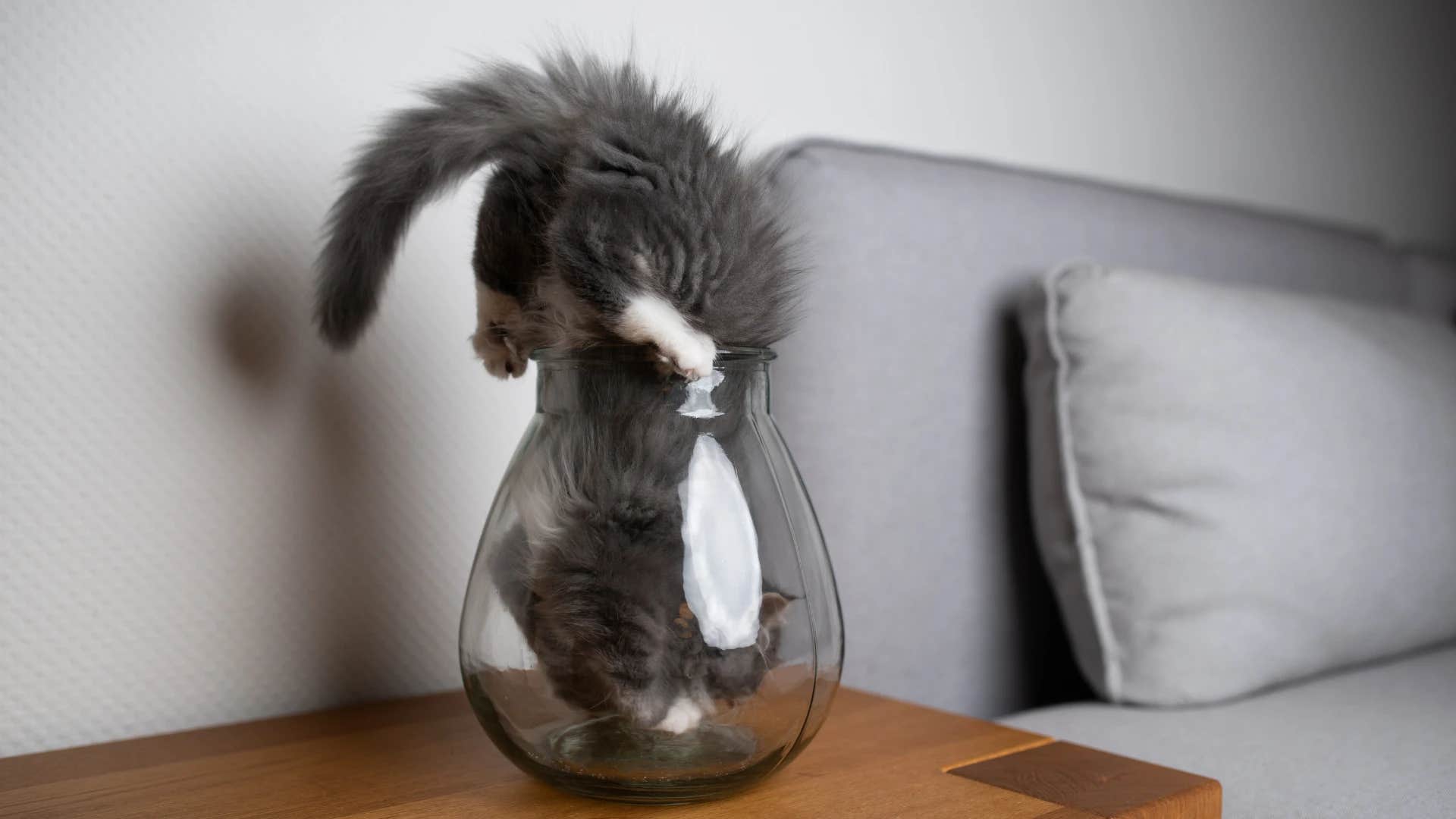 Nils Jacobi | Getty Images | Canva Pro
Nils Jacobi | Getty Images | Canva Pro
These are the cats from whom the somewhat alarming phrase "curiosity killed the cat" derives. (Don't worry, that's just a metaphor!) These cats are always investigating, whether it's a new person in the house or just a new smell that's wafted in through the window.
These cats were often exposed to lots of stimuli during their early kittenhood, and they thrive in energetic environments with lots of new people and events unfolding each day. They're also the type of cats who love things like puzzles and cat castles. Keep 'em busy!
3. The hunter cat
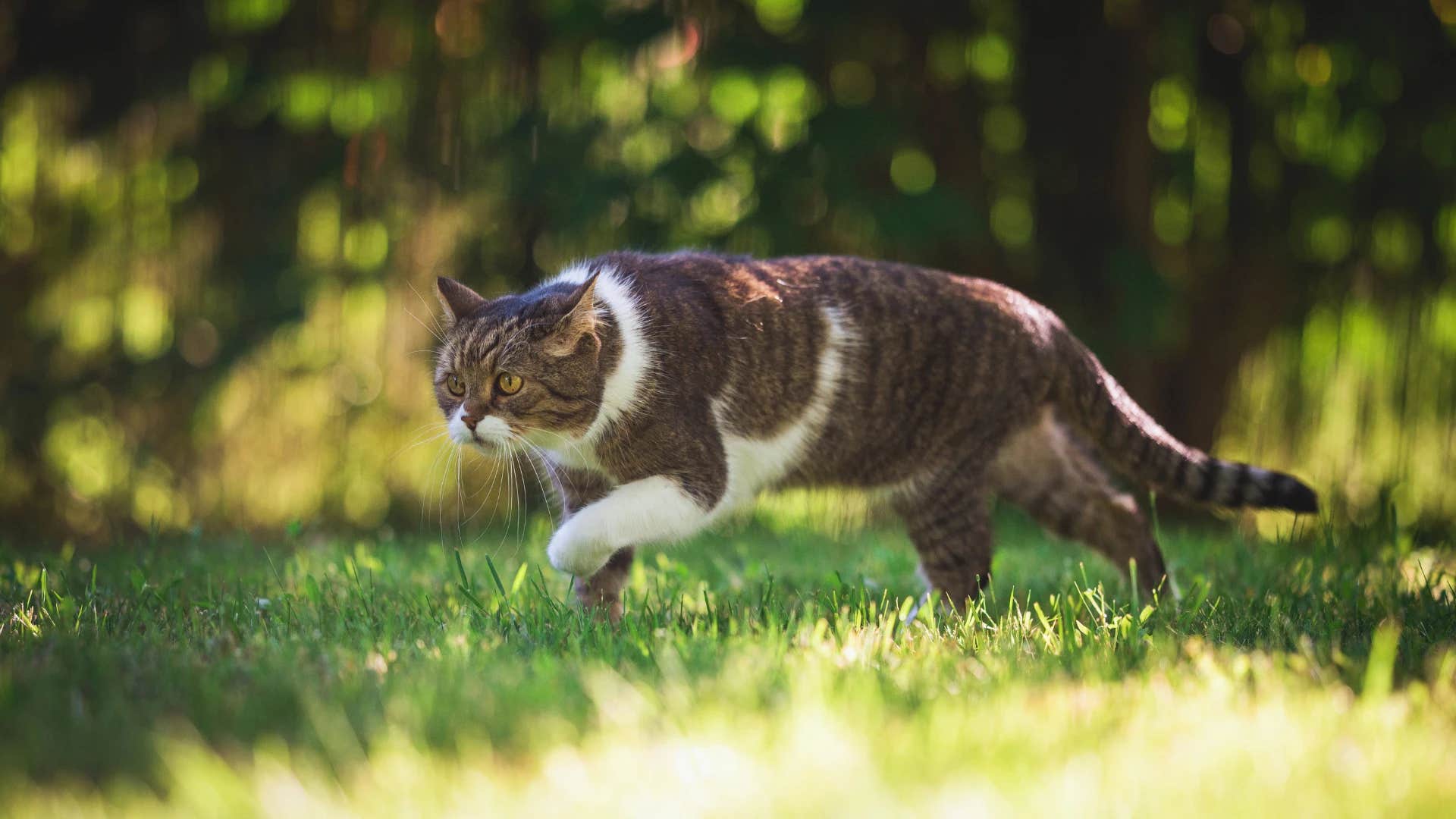 Nils Jacobi | Getty Images Pro | Canva Pro
Nils Jacobi | Getty Images Pro | Canva Pro
If you have a cat that is constantly crying to go outside and seems to always be plotting their escape through the nearest window, you probably have a hunter cat. If they're allowed outdoors, they're likely hunting birds and rodents for sports. Indoors, you'll often find them stalking and hunting their toys.
All cats like to hunt to some degree — they are evolutionarily suited to it, after all. However, according to a recent study conducted in France, how much a cat likes to hunt seems to be correlated with their relative interest in human affection. The cuddly cats hunt less, while the highly intelligent and more independent ones are constantly on the prowl.
4. The cantankerous cat
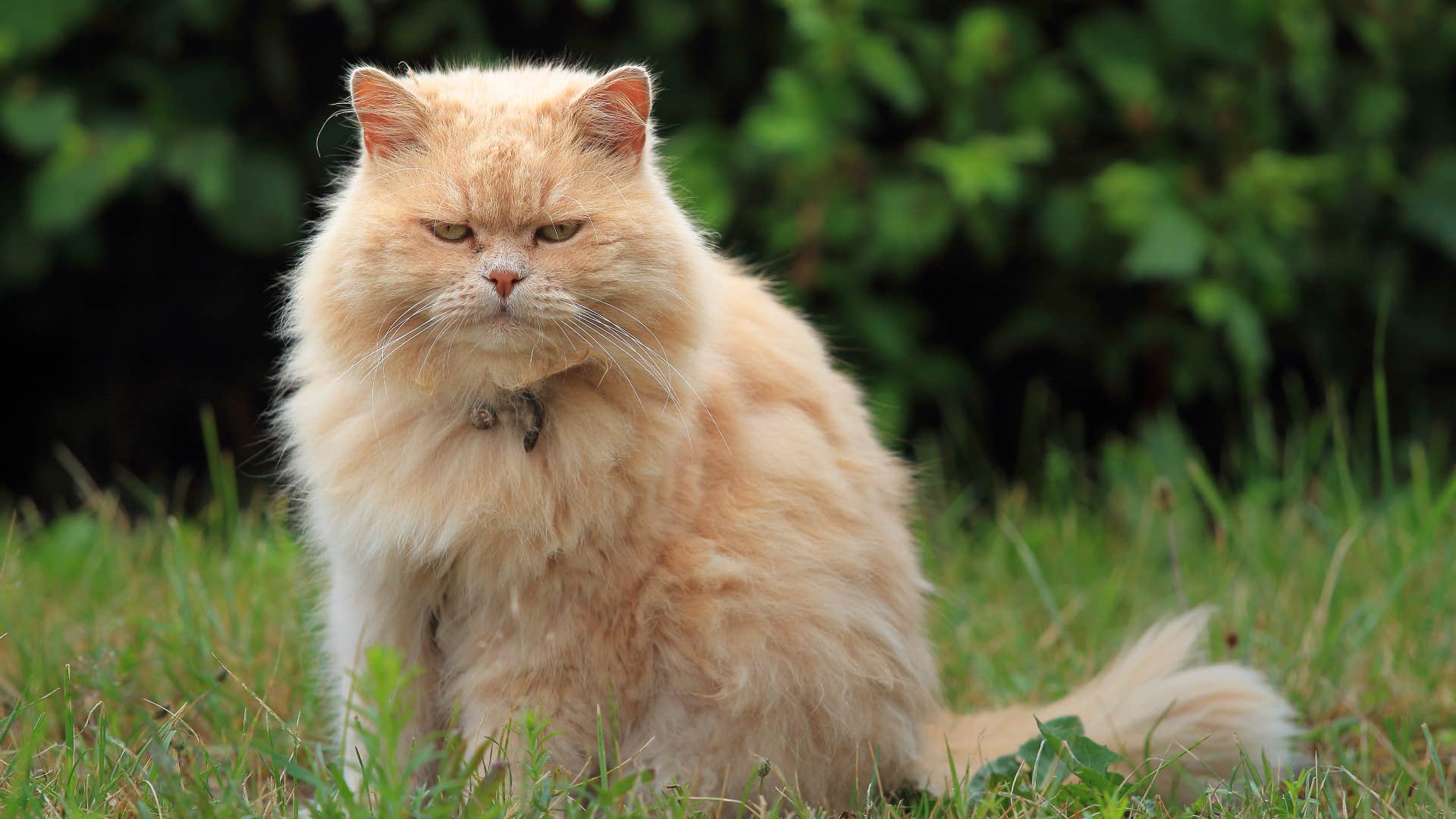 Vladislav Mikusa | Shutterstock
Vladislav Mikusa | Shutterstock
Think of these as the Garfields of the cat world — the prickly cynics who might like to stay at arm's length, often literally. These cats frequently like to be near you but don't want to be touched, petted, or picked up. It's called boundaries, ever heard of it?!
Some cats are just a bit grumpy, as we've all learned from years of internet memes. But research suggests it might have to do with more than just personality. A UK study found that many cantankerous cats have been overbred to the point that they struggle to express themselves to other cats via the usual facial cues, causing a frustration that makes a bit… well, cantankerous.
5. The cat's cat
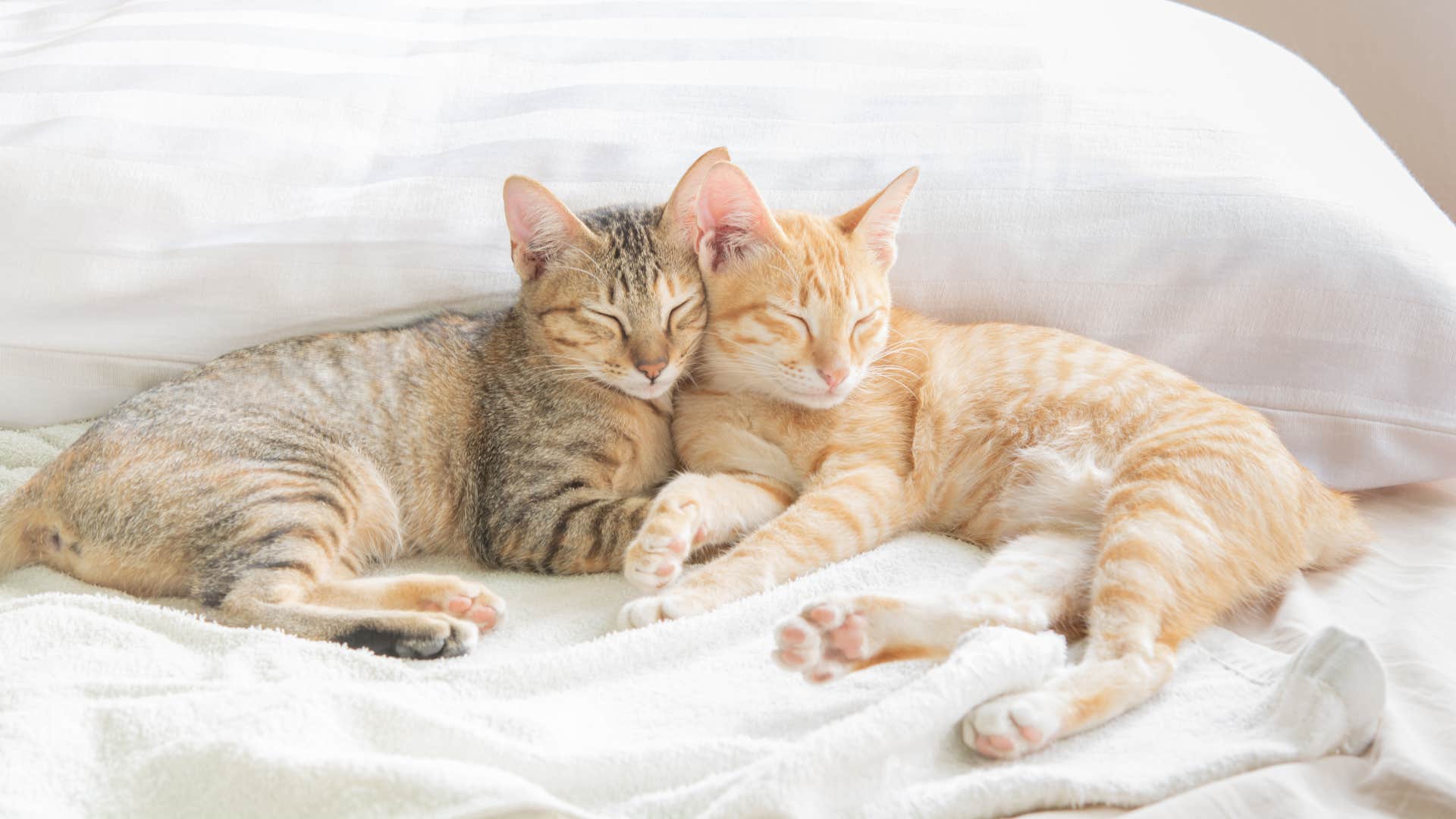 srisakorn wonglakorn | Shutterstock
srisakorn wonglakorn | Shutterstock
Some cats see another cat and instantly spoil for a fight. But others seem to hurl themselves into forming a sort of community with their cat brothers and sisters, cuddling, playing and even grooming communally with their fellow feline friends.
This is often because they were socialized alongside other cats during their kittenhood, but a 2022 study at Azabu University in Japan found that it might also have to do with their hormone levels.
The study found that cats with lower levels of testosterone and the stress hormone cortisol were more likely to seek companionship with their fellow cats, suggesting that being a "cat's cat" is often a product of both nature and nurture.
John Sundholm is a writer, editor, and video personality with 20 years of experience in media and entertainment. He covers culture, mental health, and human interest topics.

